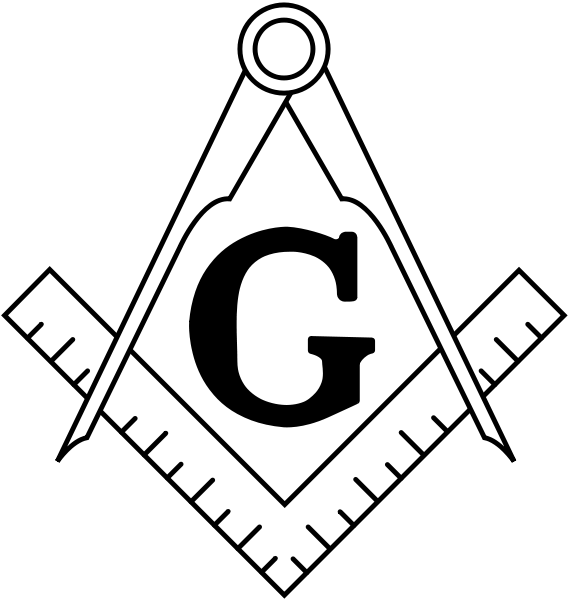Secret division plans

The following two antifeuilletons are inspired by an interesting book by Underwood Dudley, “A budget of trisections”. The author studies the phenomenon of people solving the unsolvable – angle trisection problem.
It is natural for scientists and engineers dreaming of the day when an unsolved, important problem in science or technology is going to be solved. However, it is a negative thing when someone dreams of solving an unsolvable scientific problem (mostly not stopping at dreaming about it, but wasting hours awake dealing with it). This story will not deal with these people – we’ll leave that for the sequel. Now is the time to see the problem itself.
The problem statement is easy enough: divide an arbitrary angle into three equal parts using the tools of classical (Greek) geometry: compass and straightedge.
Early deceased French mathematician Pierre Laurent Wantzel proved at the age of 23 (in 1847) that it is impossible to perform such a division. Actually, it is… if we modernise the ancient Greek straightedge. When mathematicians speak of geometric constructions using straightedge and compass, the straightedge is always an unmarked ruler (no markings of length on it whatsoever). If we put two notches on that perfect straightedge (we can use the compass needle for scratching), we solved our problem. Archimedes already knew that, here’s a diagram from Dudley’s book showing how we can do it:
Here we start from the angle BOA that is supposed to be trisected, where BO is the distance between the notches on our modified straightedge. Draw a circle through point O with a centre in B. Now, draw a line through B parallel to OA. Putting the straightedge so that it goes through point O and having one notch on circle (point C), the outside notch will mark a point T on that parallel line which enables the trisection as shown in the figure.
On an unrelated note, Haruki Murakami in Hard-Boiled Wonderland and the End of the World mentions an encyclopedia written on a toothpick. How? All letters of the alphabet get a numerical value (say, A=01, B=02, …) and concatenated into a string of digits, say 23020311… Add a zero and a decimal point in front. We now have a number between 0 and 1. If 0 is one end of the toothpick, and 1 is the other, our number marks the spot where we’re supposed to make a notch on the toothpick and hence represent our number in a unique way. Encyclopedia has been written down. Think about it next time you take a knife trying to leave a mark of your existence on a tree or a bench.
Oh, I promised to tell you more about Freemasons, didn’t I? As you know, traditional Masonic symbols are compass and square:
If you wish to perform an angle trisection, visit your local Masonic lodge and trade your ancient unmarked straightedge for a brand new, marked square! The method of construction, attributed to Henry Scudder, is shown in the diagram below.
The original Scudder’s work uses carpenter’s square (Simpsons fans will notice a connection there). Its wider arm is 2 in wide, so using it we can construct a segment CD parallel with OA (for a given angle BOA) 2 in apart from it. If we put the square as depicted above, making the EF segment 4 in long, our construction is done.
Next time, in the “Game of trisection” read about people not giving up on trisection problem and psychological phenomena surrounding those attempts.
[This is the sixth article in a series of ten articles to be published over the course of a few weeks.]


